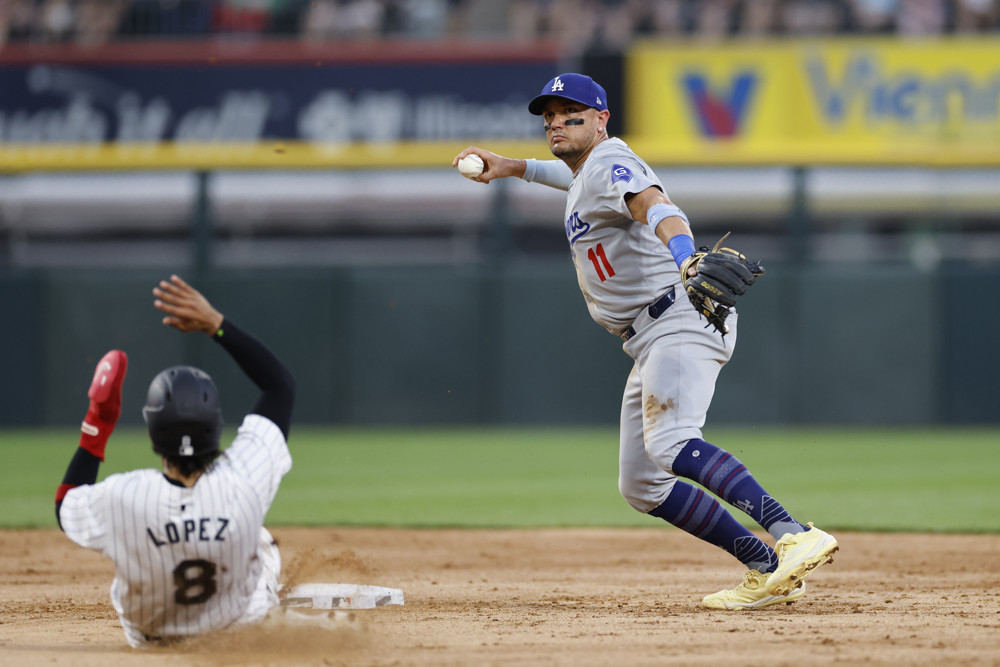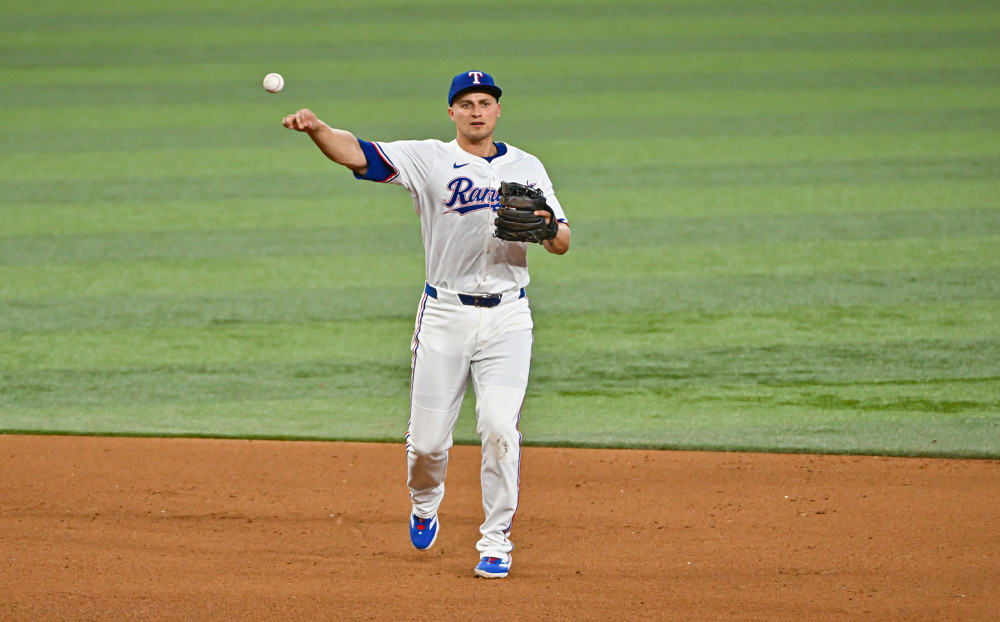In a typical season, one or two first basemen total 10 Defensive Runs Saved. The stat puts a priority on defensive range and though throw-handling is a component within the stat, it’s not one that results in large swings of positive or negative value.
But what we’ve seen so far from Braves first baseman Matt Olson is unusual, even for him. He’s already at 11 Runs Saved and we still have nearly three-quarters of the season to go.
Not only that, he’s lapped the field. No other first baseman has more than 4 Runs Saved.
| Player | Runs Saved |
| Matt Olson | 11 |
| Spencer Steer | 4 |
| Vinnie Pasquantino | 3 |
| Emmanuel Valdez | 3 |
So what the heck is going on here?
Let’s make a list:
1) It’s early. It’s a small sample. Odd things can happen.
2) Matt Olson is pretty good
Let’s look at balls hit to his right as an example. The average first baseman converts 36% of plays on balls hit to his right into outs. Look at two other prominent NL East first basemen. Pete Alonso converts 30%. Bryce Harper is at 33%.
This is where Olson has separated himself from his positional peers. Through Wednesday there had been 59 balls hit to his right. Olson turned 35 of them into an out. His 35-for-59 is a 59% success rate.
Per our out probabilities, he was expected to turn 28 into an out. Olson was 7 plays better.
Here are a couple of examples, starting with this one, in which a safe call was overturned on replay review.
3) It’s still early. Hot streaks happen for hitters, for pitchers, and yes, for fielders.
4) Matt Olson is still pretty good.
This isn’t a one-year thing.
Olson has led first basemen in Runs Saved three other times: 2018, 2019, and 2024. He could stop playing right now and there’s a good chance his 2025 total would hold up as the MLB lead. (In fact, the MLB leader has saved 11 runs or fewer as often as not over the past 15 years.) But we know he’s not going to suddenly stop playing, given that he played every game in 2022, 2023, and 2024.
5) If you’re a Braves fan you’re probably running through what you’ve seen of his play log in your head. Maybe you’re not that impressed?
Olson has made only 3 plays via slide, dive or jump this year. His one diving play was one in which a subsequent bad throw home was more memorable. On his one jumping catch this season, you don’t even really see him jump. But then again, he’s 6-foot-4. He doesn’t need to jump often.
There are 19 first basemen who have made more sliding, diving, and jumping plays this season. It’s not his thing. It doesn’t need to be his thing. This is more his thing.
His ‘thing’ this year has been volume and a high percentage of plays converted to outs. We’ve credited him with 90 plays made. The only other player with more than 55 is Michael Toglia with 67.
Additionally, Olson has 52 assists this season. That’s about half as many as he had last season. No one else has more than 33 in 2025. Olson’s more than a quarter of the way to the record for most assists by a first baseman in a season, 185, a mark set by Albert Pujols in 2009.
6) So let’s multiply his Runs Saved by 4. He’s going to finish with more than 40 Runs Saved!
Um, no. Let’s not do that. There really isn’t such a thing as playing at a 40-Runs Saved pace defensively. The numbers are much less predictable than that such that “on pace for” doesn’t really work.
The record for most Runs Saved by a first baseman is 31 by Pujols for the Cardinals in 2007. That’s going to be a tough record for anyone to break.
The next-best total is 21 by Mark Teixeria in 2008. The record at any position is 41 by shortstop Andrelton Simmons in 2017.
Something to remember about the time when Pujols did that: more balls in play means more opportunities for plays.
In 2007, Cardinals pitchers struck out 6 per 9 innings (15% of batters). Pujols, who was an ultra-aggressive first baseman in his prime (we’ve written about it), had a lot more chances to make plays than Olson should get, the last 44 games notwithstanding.
Braves pitchers in 2025 are striking out nearly 9 batters per 9 innings (23% of batters), though they do have the 5th-highest ground ball rate in the majors.
That’s going to be a tough record to break. But it’s fun to imagine that it’s possible, no?
Move over Aaron Judge, there’s another historic season to keep an eye on. It’s just one that isn’t as obvious.



